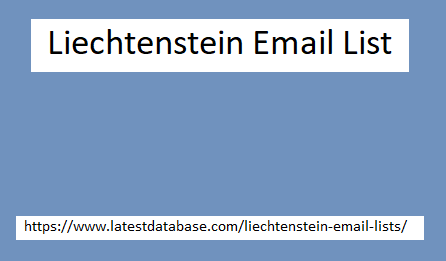|
|
You want Google to avoid showing your ads. For example, let’s say you sell home kitchen appliances, so you target the keyword “oven.” Your ads appear for different variations on that keyword, including “industrial oven.” You don’t sell industrial ovens, so you probably want to add “industrial” as a negative keyword. You can also hone your targeting by creating custom audiences. Custom audiences allow you to select a specific set of features — like age and location — that you want to target.
For example, if your customers are predominantly Pennsylvanian Liechtenstein Email List women over 40, you can target that group. google ads targeting page Adding these targeting settings will help you reduce wasted ad spend and keep your advertising focused only on the most relevant audience. Monitoring your results You don’t stop using Google Ads once your campaign is up and running. On the contrary, you’re only getting started. After launch, you should continue to monitor your campaign’s performance and make necessary adjustments.

Keep an eye on these metrics to see which ads are driving results and which ones aren’t. For underperforming ads, you may want to consider putting them on pause or reoptimizing them to drive better results. For high-performing ads, on the other hand, you might
|
|